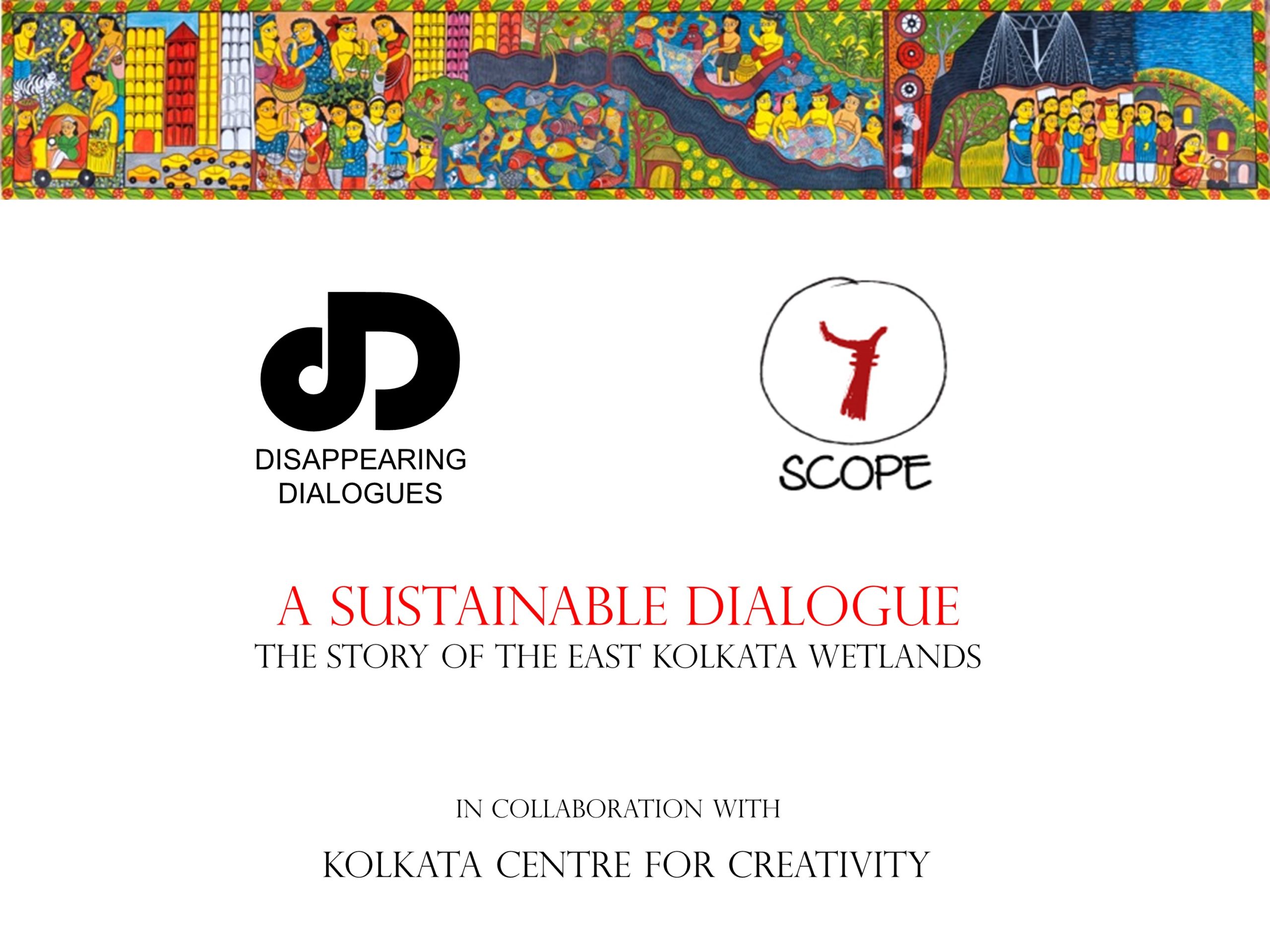Activity – Research and publication
2023-24
Unauthorised units report
On 19th August 2023, we released the results of the first ever primary field survey of unauthorised units of the East Kolkata Wetlands. Please find the summary of findings of the report and the media coverage here.
The full report can be obtained after filling up the form below.
Press release (PDF)

Activity – Research and publication
2022-23
SCOPE contributed field support to make the film Securing Kolkata’s Urban Future, made by Sayan Sinha Roy.
2021-22
— From Farm to Housing was made in 2021, showing the change in land use in EKW and dwindling productivity
Activity – Survey (2021-22 to 2022-23)
Complete enumeration of Hatgachha mouza on questions of drinking water, sewage-based livelihood and health issues
2019-2020
Activity – Mapping
Mapping of the entire EKW area and the canals that need de-siltation.
Outcome – the map that has been produced along with the Briefing Note written has been used as an input for the Integrated Management Plan.
Activity – Awareness generation
- Collaborated on assembling an exhibition on EKW called Travelling Dialogue in partnership with Disappearing Dialogues LLP and the German Consulate, Kolkata
This was done to bring both environmental and climate sensitivity with respect to the East Kolkata Wetlands, and send a message to the schools and colleges of Kolkata regarding their environmental heritage. Held in the 3rd week of September 2019, this just preceded Climate Action Week in Germany.
Activity – Survey
Survey of the impact of producing rice from high yielding variety seeds in 2 tribal hamlets in EKW
2017-2018
Documentary film making
— East Kolkata Wetlands: Squandering Conservation made in 2017
Activity – Survey
Livestock and nutrition survey for 3 tribal mouzas in 2017 to gather information regarding their livestock rearing practices, their mortality rates, financial viability of the livestock rearing practice

